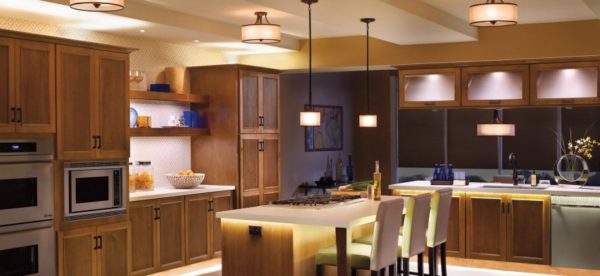
Deciding on the right kitchen counters is a formidable task in itself, and you will probably have to spend considerable time planning this crucial aspect of your kitchen. There are many different options for kitchen counter materials out there, but a few types often show up in most kitchen designs. Here are some of the more popular kitchen counter options and their relative advantages and disadvantages.
Granite
This is a great choice if money is no object. The price of granite has come down over the years but it is still one of the costlier options in kitchen counter material. It holds up remarkably well to heat, and comes in thousands of colors. Granit counters can be prone to scratching and cracking if not sealed or installed properly.
Cultured stone
Cultured or engineered stone is made up almost entirely of quartz. It is available in even more colors than granite, and it is less prone to scratching and staining. It is also almost as expensive as granite, although it is much easier to maintain.
Solid surfaces
Solid surface kitchen counters can be scratched fairly easily, although marks are easily sanded off. They also come in a wide variety of colors and patterns. Although very resistant to stains, solid surfaces can be easily damaged by heat.
Ceramic tile
These materials are very durable and fairly low maintenance. They are also quite easy to install and are relatively inexpensive. On the downside, kitchen counters finished in ceramic tile tend to have an uneven surface and they are prone to cracking and chipping.
Laminates
Laminate counters are made of synthetic materials coated with plastic. They are inexpensive, durable, easy to clean, and they come in a wide variety of colors. However, they are very easy to scratch and chip, and any damage is difficult, if not impossible, to fix.